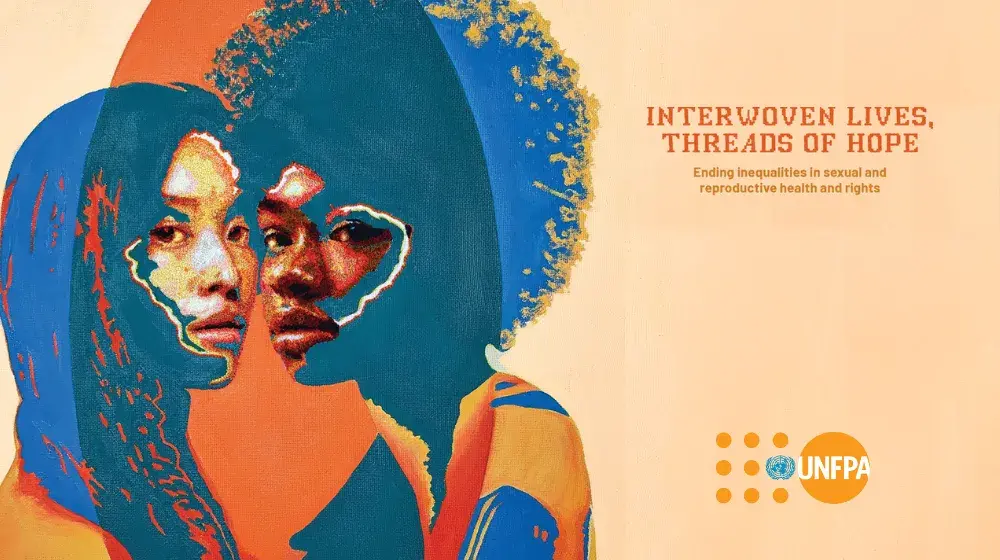Video
A tale of two fertilities: Sanit's story
“My parents were farmers. They didn’t have money to send me to school, so I came to Bangkok to work when I was 12,” says Sanit, now 40, as she opens the dressmaking shop where he has worked for years.
“I’ve lived in a disciplined way,” Sanit says. “I worked hard and finished high-school outside of my job. I didn’t have time to find a husband, let alone have children.”
“So, when I married last year, I knew I had to have kids quickly. But the doctor found a growth in my womb, which, combined with my age, had made it hard for us to conceive.”
Sanit is like an increasing number of women in Thailand who pursued jobs at the expense of marriages and having children. By the time they are ready to start a family, it is often too late for them to become pregnant or deliver without complications. Fertility treatments are available in Thailand but are too expensive most people.
“Increasing numbers of people are putting economic security and stability ahead of starting families,” says Dr. Sorapop Kiatpongsan, a physician specializing in fertility at Bangkok’s Chulalongkorn University. “Women who have passed their peak fertility years need correct information and affordable treatment options,” he says.
Sanit’s story represents one end of Thailand’s fertility challenge. On one hand, adolescents lack access to information and sexual and reproductive health services and are seeing their futures diminished through unintended pregnancies. On the other hand, more and more women are aiming to start families later in life and finding that they’re reproductive years have passed.




